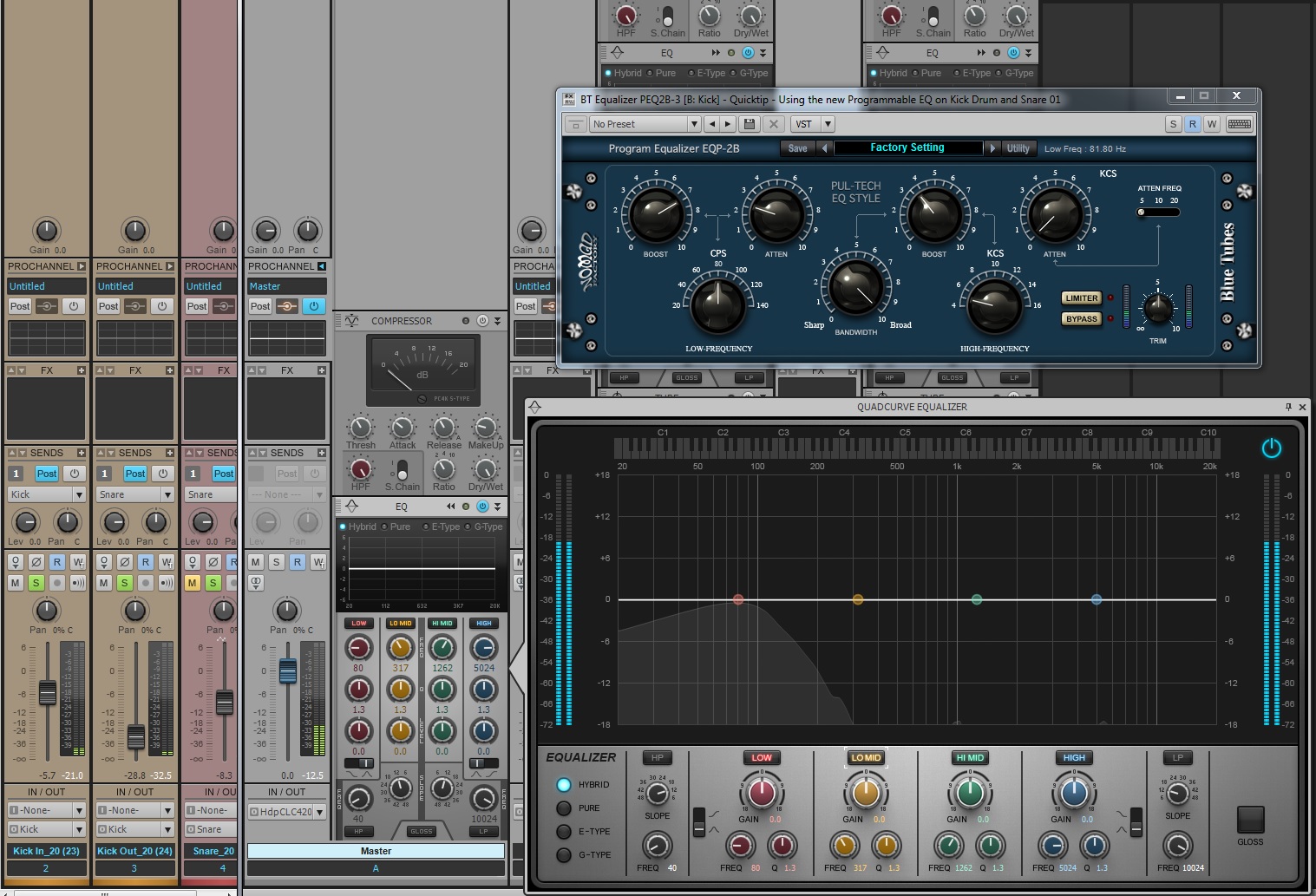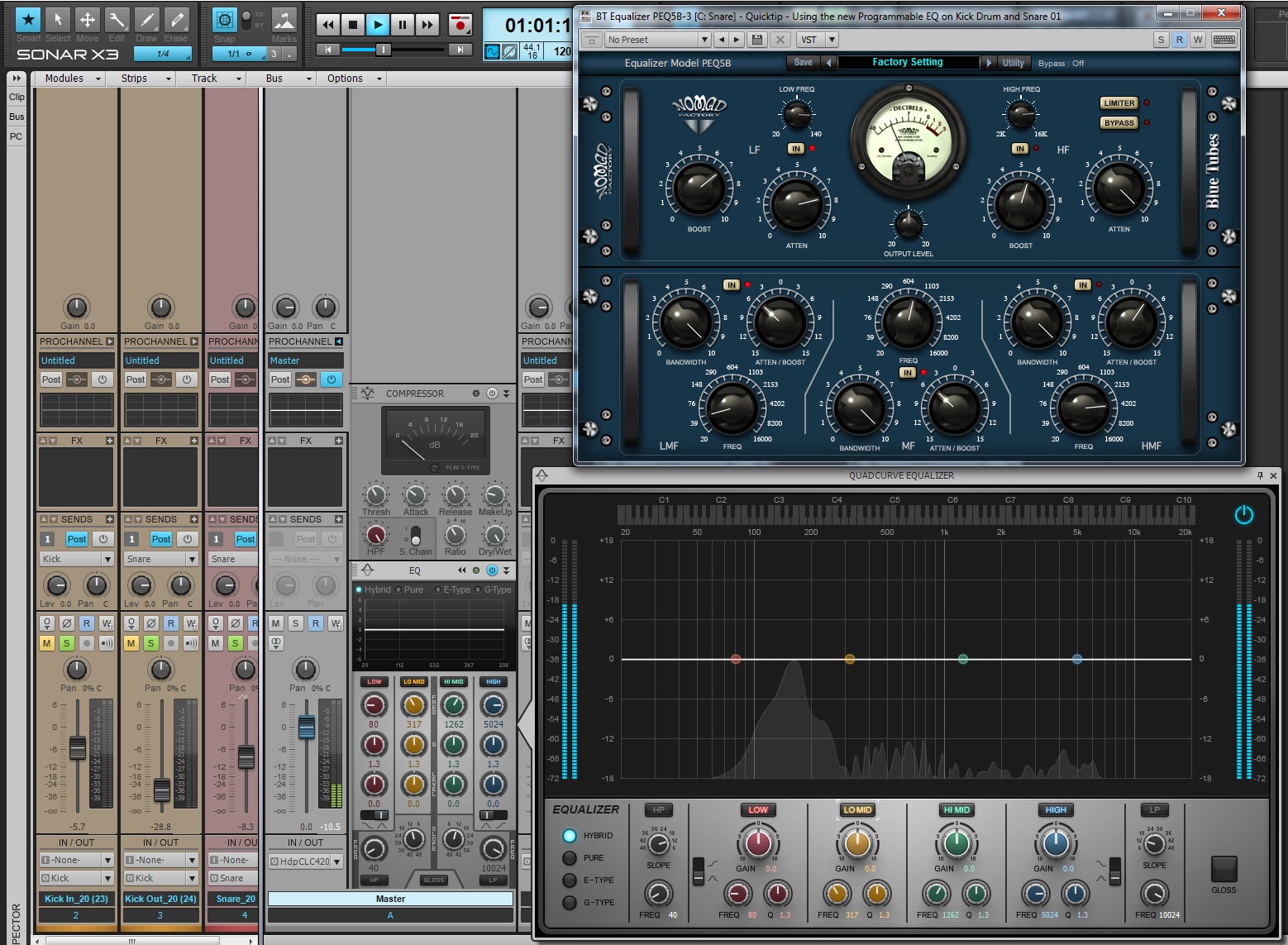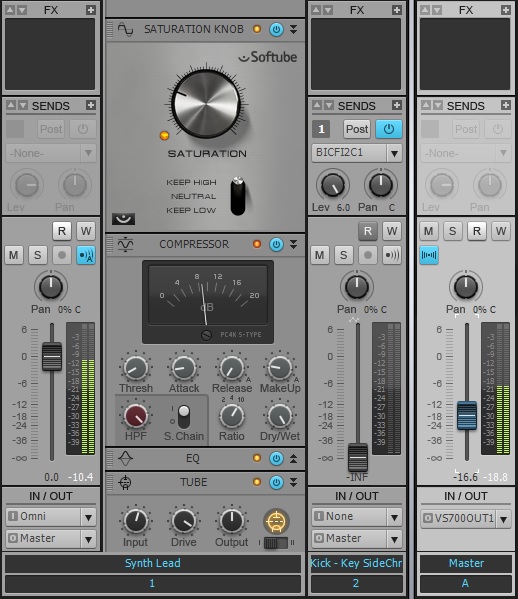TH2 Producer amp sim can do more than you might think
By Craig Anderton
Overloud’s TH2 Producer offers amp modeling with multiple amps and cabinets, as well as several effects. So while it’s a perfect subject for guitar month, and hopefully the following will give some inspiration to guitarists, let’s also consider what non-guitarists can do with a processor designed for guitar.
The power of parallel. Parallel processing is one of my favorite techniques. Fortunately TH2 not only accommodates parallel processing (the signal path follows a serial—> parallel—> serial protocol), it also provides different “flavors” of parallel processing.
The parallel section starts with a crossover, so the parallel split can:
- Provide “bi-amplification,” and send highs to one path and lows to the other
- Enable a Bandpass filter mode, where one path has a bandpass-style boost, while the other has a complementary notch. A separate “spread” control determines the notch bandwidth
- If neither is enabled, both paths are simply a parallel connection with no filtering
For extra flexibility, a “swap” button reverses the outputs (e.g., if one output was highs and the other lows, swap reverses that).
The output mixer sums the parallel paths back together again, with Phase Inverse, Delay, Width, Pan, and Level controls, as well as a Balance slider. The TH2 Producer manual can fill you in on the details.
Bass wah. Let’s start off by not straying too far from guitar, and looking at how to use TH2 Producer with bass. A problem with putting any kind of filtering or distortion on bass it that it thins out the sound. You can solve this problem by using the crossover to separate the low end and keep it clean, while adding wah to the midrange frequencies (Fig. 1).
Fig. 1: Parallel processing can keep the low end clean, but process the highs (click to see the entire image).
Again, we’ll use the Normal Splitter mode, with 490Hz as the split frequency. The Crying wah pedal handles the higher frequencies. The rest of the controls are straightforward Continue reading “TH2 Producer: Not Only Guitars”



 “Audio Production Jobs” come in all shapes and sizes these days;-) Yes, the music industry in general has shrunken to an all-time low in terms of major label budget projects, but the flip side is that there are many nooks and crannies out there to stay creative while making money. I think the key these days is getting into as many industry circles as possible, and then over-delivering. If you’re handed a job for writing, mixing, producing or even recording, and you knock it out of the park the first time with low-no hassles to the client, you will certainly come to mind on the next round. I would also be willing to bet that your name will be referred to other folks outside of that job’s “circle.” You just never know to where things are going to lead.
“Audio Production Jobs” come in all shapes and sizes these days;-) Yes, the music industry in general has shrunken to an all-time low in terms of major label budget projects, but the flip side is that there are many nooks and crannies out there to stay creative while making money. I think the key these days is getting into as many industry circles as possible, and then over-delivering. If you’re handed a job for writing, mixing, producing or even recording, and you knock it out of the park the first time with low-no hassles to the client, you will certainly come to mind on the next round. I would also be willing to bet that your name will be referred to other folks outside of that job’s “circle.” You just never know to where things are going to lead. Just a few weeks ago I was contacted by NYC singer-songwriter Jodi Good’s music attorney Steven Beer on a Friday night to discuss an opportunity for a “Holiday Song” to be placed with a major publication [for Monday]. Now usually, “Holiday Songs” are recorded around August or September and we were already at the end of November, so I knew this was going to be a tough one to accomplish especially since the song had to be written, recorded and mixed fast. The other strike against me was that this one was a bit out of my rock, and pop-rock comfort zones, but I knew the challenge would be a good experience on many different levels, so I decided to fire up the eggnog and go for it. Plus I had the comfort of knowing that Jodi is a great songwriter especially in the lyric department, so it was “weekend on.”
Just a few weeks ago I was contacted by NYC singer-songwriter Jodi Good’s music attorney Steven Beer on a Friday night to discuss an opportunity for a “Holiday Song” to be placed with a major publication [for Monday]. Now usually, “Holiday Songs” are recorded around August or September and we were already at the end of November, so I knew this was going to be a tough one to accomplish especially since the song had to be written, recorded and mixed fast. The other strike against me was that this one was a bit out of my rock, and pop-rock comfort zones, but I knew the challenge would be a good experience on many different levels, so I decided to fire up the eggnog and go for it. Plus I had the comfort of knowing that Jodi is a great songwriter especially in the lyric department, so it was “weekend on.”






